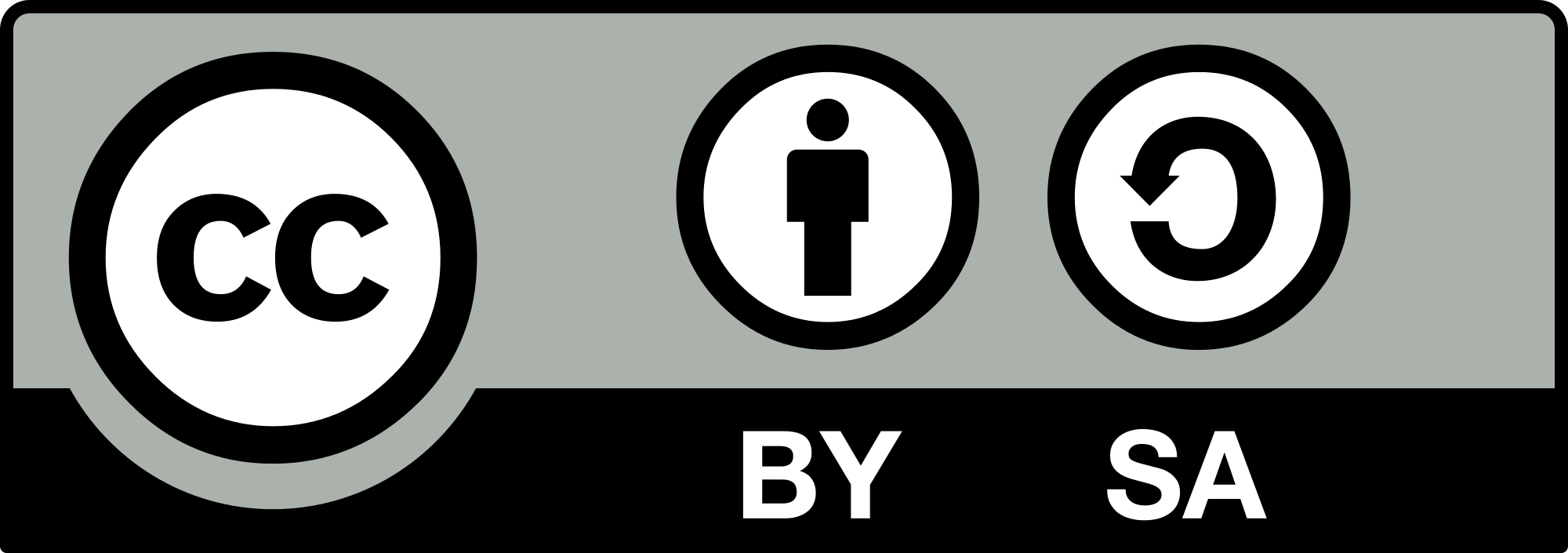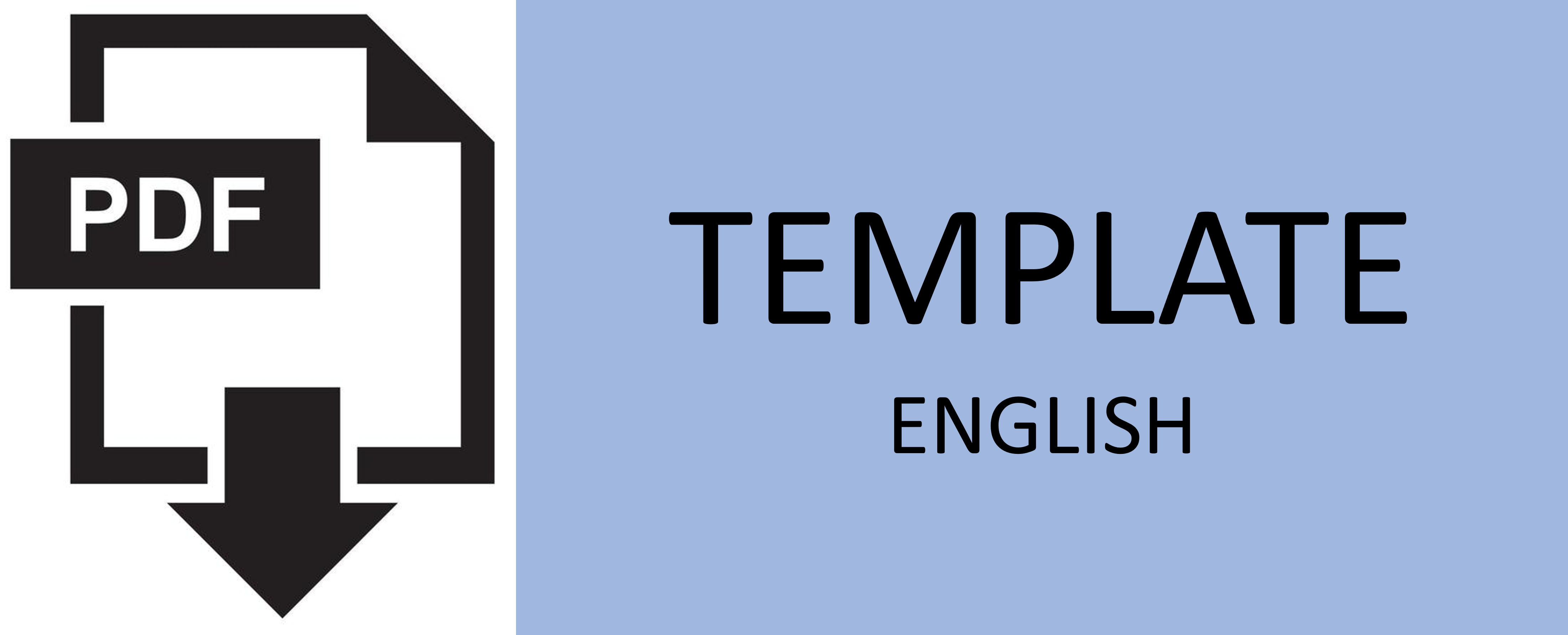NUMERICAL SIMULATION OF NON – UNIFORM CORROSION INDUCED CRACKING
Abstract
Full Text:
PDFReferences
P.B. Bamforth, “Enhancing reinforced concrete durability: guidance on selecting measures for minimizing the risk of corrosion of reinforcement in concrete”, Concrete Society Technical Report No. 61 ,2004.
Z.P. Bazant, “Physical model for steel corrosion in concrete sea structures theory”, Journal of the Structural Division ASCE, vol. 105, pp.1137–1153, 1979
C. L. Page and K. W. J. Treadaway, “Aspects of the electrochemistry of steel in concrete”, Nature, vol. 297, pp. 109-115, 1982.
G. K. Glass and N. R. Buenfeld, “The presentation of the chloride threshold level for corrosion of steel in concrete”, Corrosion Science, vol. 39, pp. 1001-1013, 1997
G. K. Glass and N. R. Buenfeld, “Chloride-induced corrosion of steel in concrete”, Progress in Structural Engineering and Materials, vol. 2, pp. 448-458, 2000
Sutrisno, W. “Numerical Modeling of Cracking in reinforced concrete structure induced by uniform reinforcement corrosion” Jurnal Teknologi, vol. 79, no. 3, pp. 1-6, 2017.
K. Suda, S. Misra and K. Motohashi, “Corrosion products of reinforcing bars embedded in concrete”, Corrosion Science, vol. 35, pp. 1543-1549, 1993.
Zhao, Y. A. R.. “Comparison of uniform and non-uniform corrosion induced damage in reinforced concrete based on a Gaussian description of the corrosion” Corrosion Science, vol. 53, no. 9, pp. 2803-2814, 2011.
M. Ohtsu and S. Yosimura, “Analysis of crack propagation and crack initiation due to corrosion of reinforcement”, Construction and Building Materials vol. 11 pp. 437–442, 1998.
S. J. Williamson and L. A. Clark, “Pressure required to cause cover cracking of concrete due to reinforcement corrosion”, Magazine of Concrete Research, vol. 52, pp. 455–467, 2000.
A. Bentur, S. Diamond and N.S. Berke, Steel corrosion in concrete, E&FN Spon, London, 1997.
Y. Zhao. J. Yu, B. Hu, W. Jin, “Crack shape and rust distribution incorrosion-induced cracking concrete” Corrosion Science, vol. 55, pp. 385-393, 2012.
SALOME - The Open source integration platform for numerical simulation. http://www.salome-platform.org/. (2019). [Online]. Available: http://www.salome-platform.org/
B. Piscesa, M. M. Attard, A. K. Samani, and S. Tangaramvong, “Plasticity constitutive model for stress-strain relationship of confined concrete”, ACI Materials Journal, vol. 114, no. 2, pp. 361–371. 2017.
DOI: http://dx.doi.org/10.12962%2Fj20861206.v37i2.13719
Refbacks
- There are currently no refbacks.

Journal of Civil Engineering is licensed under a Creative Commons Attribution-ShareAlike 4.0 International License.







.jpg)